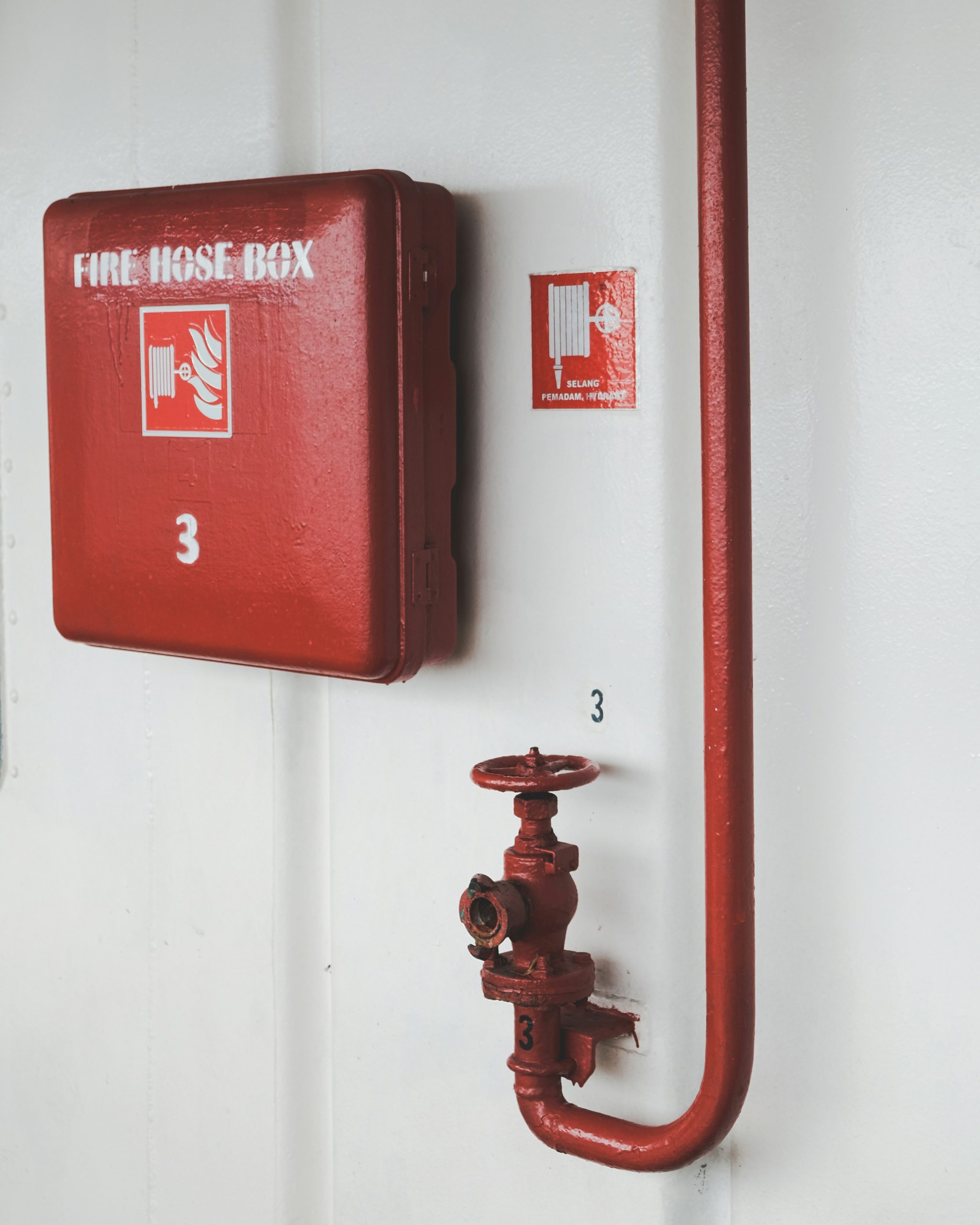Introduction
A single fire can destroy valuable assets and endanger lives in a matter of seconds. That’s why investing in a proper fire protection design isn’t optional—it’s essential. Before you commit to any system, it’s crucial to understand the basics: the Fire Triangle.
By mastering this concept, you’ll be able to select the fire protection system that fits your building’s specific needs and risks. Here’s what you need to know.
What Is the Fire Triangle?
The Fire Triangle explains the three elements required for a fire to ignite and sustain:
– Heat
– Fuel
– Oxygen
An effective fire protection design starts with breaking this triangle—removing one or more of these elements to prevent or suppress a fire.
1. Heat
Heat is the ignition source that can come from faulty electrical equipment, mechanical friction, or high temperatures. In fire protection design, it’s crucial to monitor and control heat sources. Systems should be designed to prevent overheating and reduce ignition risks.
2. Fuel
Fuel refers to any combustible material—wood, paper, chemicals, or flammable waste. In industrial settings, poor fuel management increases fire risk. A smart design for fire protection includes safe storage, proper waste handling, and layout planning to avoid fuel accumulation.
3. Oxygen
Oxygen supports combustion and is naturally present in the air. While it’s hard to eliminate, a good fire protection design uses strategies like inert gas systems or controlled ventilation to reduce oxygen levels and limit fire spread.
How Fire Protection Design Manages the Fire Triangle
Effective fire protection design is all about managing heat, fuel, and oxygen. Some common systems include:
- Sprinkler Systems
Designed to spray water across designated zones, lowering the temperature and extinguishing flames.
- Gas Suppression Systems
Reduce oxygen levels in enclosed areas, ideal for spaces with electronics or sensitive equipment.
- Ventilation Systems
Control air circulation to prevent heat buildup and manage oxygen flow, reducing the risk of rapid-fire spread.
Why Fire Protection Design Matters
Understanding the Fire Triangle is the first step in creating a customized, efficient fire protection system. When done right, the design doesn’t just comply with safety codes—it actively protects your assets and your people.
Need Help with Your Fire Protection Design?
Every building is different. Let us help you build the right system from the ground up.
Contact us today to get expert advice on fire protection design tailored to your specific risks.
Don’t wait until it’s too late—protect what matters most.

